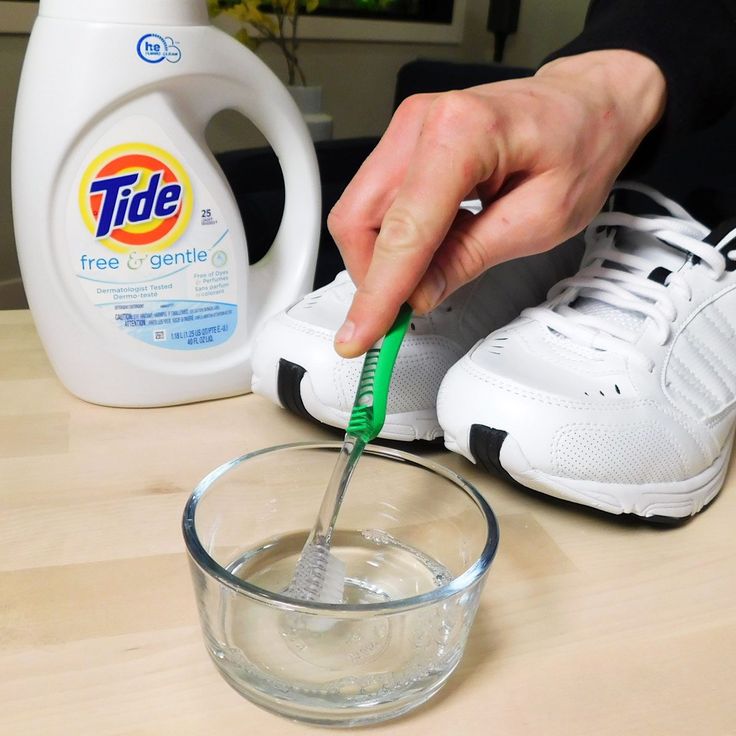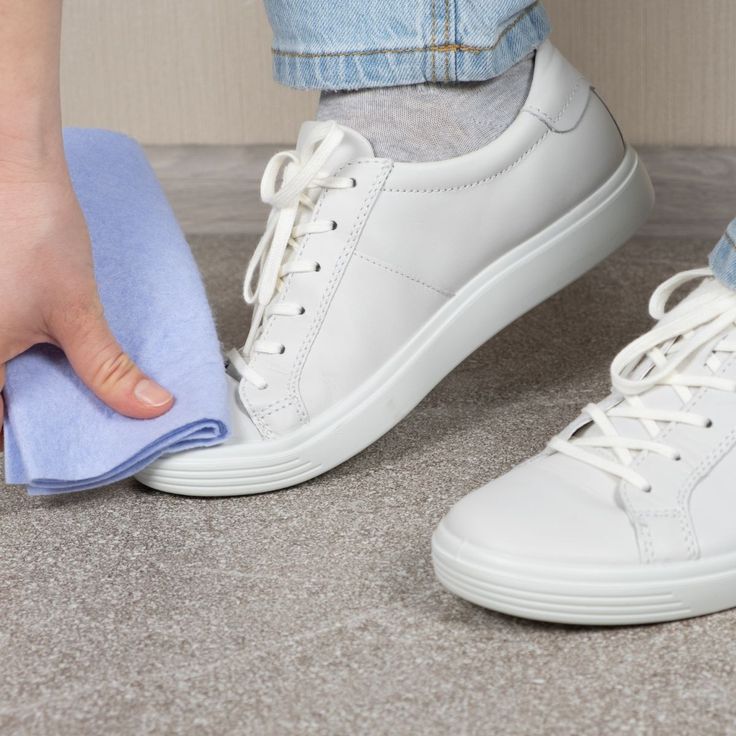Why Cleaning White Running Shoes Is Essential
White running shoes are a timeless fashion statement and an essential part of many people’s wardrobes. They pair effortlessly with almost any outfit and provide comfort during workouts or casual strolls. However, their pristine appearance is easily compromised by dirt, sweat, and environmental factors like mud, grass, and road grime. Understanding how to clean white running shoes properly is vital if you want them to remain stylish and functional.
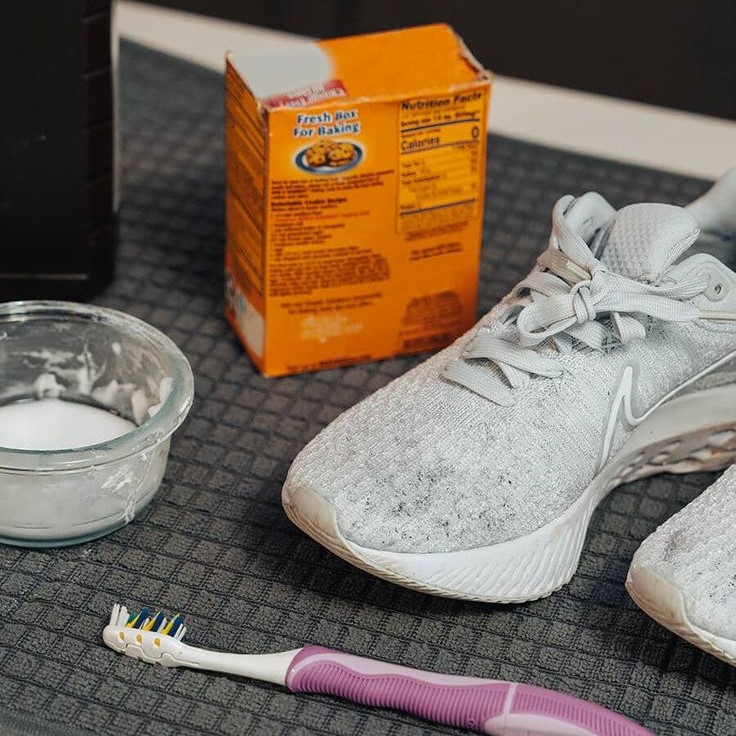
Neglecting regular maintenance can lead to unsightly stains, unpleasant odors, and even structural damage over time. For instance, moisture trapped inside the shoes can cause mold growth, while prolonged exposure to sunlight might fade the fabric. On the other hand, proper care not only enhances the visual appeal of your sneakers but also extends their lifespan significantly. In this article, we’ll delve into detailed techniques and practical advice to help you achieve sparkling-clean white running shoes effortlessly.
Transitioning into the next section, let’s explore the materials used in making these shoes and why they demand specialized attention.
Understanding the Materials of Your Shoes
The first step in mastering how to clean white running shoes involves understanding their composition. Modern athletic footwear typically combines several materials such as leather, mesh, synthetic fabrics, rubber soles, and sometimes even waterproof coatings. Each material behaves differently when exposed to water, chemicals, or physical abrasion.
For example, leather uppers require gentle treatments to avoid cracking or discoloration. Applying too much pressure or using harsh detergents could ruin its texture permanently. Mesh fabrics, commonly found in breathable sneakers, need thorough drying after cleaning to prevent mildew formation. Synthetic materials, though durable, still benefit from periodic maintenance to retain their shine and flexibility.
Additionally, some high-end models feature advanced technologies like Gore-Tex membranes or GORE-TEX linings for enhanced breathability and weather resistance. These components must be preserved carefully during the cleaning process to ensure optimal performance. If you’re unsure about your specific shoe model, consult the manufacturer’s guidelines or product descriptions for precise recommendations. This foundational knowledge will empower you to clean your shoes safely and effectively.
As we proceed, let’s examine the various types of stains that commonly affect white running shoes and discuss appropriate solutions for each one.
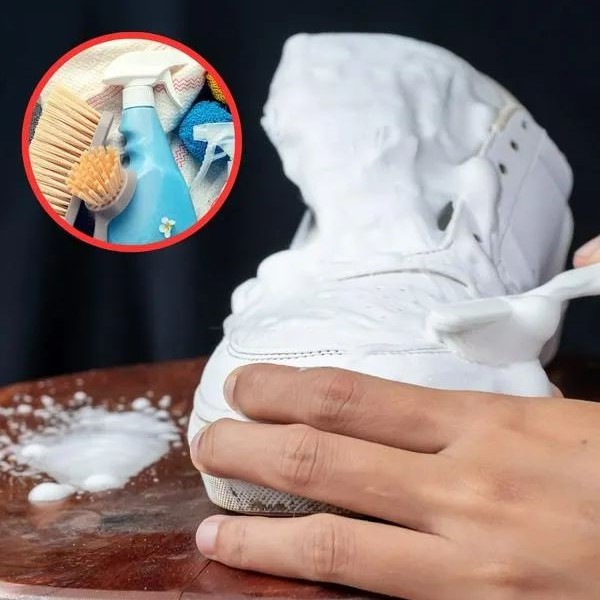
Identifying Common Stains on White Running Shoes
Stains are perhaps the most visible challenge when it comes to maintaining white running shoes. Different activities expose your sneakers to diverse substances, leading to unique types of discolorations. Below are some common culprits along with tailored approaches for addressing them:
- Grass Stains: Often caused by chlorophyll, grass stains tend to set quickly if left untreated. Begin by blotting the area gently with a damp cloth to remove excess residue. Then, mix equal parts water and white vinegar to create a solution. Apply it directly onto the stain and let it sit for about 10–15 minutes before rinsing thoroughly. Avoid using bleach, as it may weaken the fibers.
- Scuff Marks: These usually appear on the toe box or sides of the shoe due to friction against hard surfaces. A soft eraser or pencil rubber works wonders for lifting scuffs without damaging the material. Alternatively, you can use a mixture of baking soda and water to form a paste, which can be rubbed gently onto the affected areas.
- Oil-Based Stains: Food spills, grease, or cosmetic products often result in oily spots on shoes. To tackle these, start by sprinkling cornstarch or talcum powder over the stain to absorb the oil. Leave it undisturbed for at least an hour before brushing it off. Follow up with a mild detergent solution for final cleaning.
- Mud and Dirt: After a muddy trail run, your shoes might look grimy and unappealing. Begin by letting the mud dry completely, then brush it off using a soft-bristle toothbrush. Once the bulk of the dirt is removed, wash the exterior with lukewarm water and a small amount of liquid soap.
Addressing these issues promptly ensures better outcomes and minimizes permanent damage. Now, let’s move on to a comprehensive step-by-step guide for cleaning your white running shoes.
Step-by-Step Guide to Clean White Running Shoes
Here’s a detailed breakdown of the process to follow when learning how to clean white running shoes:
- Gather Supplies: Before starting, collect all necessary tools and materials. You’ll need items like a soft-bristle toothbrush, mild detergent (preferably non-abrasive), baking soda, white vinegar, hydrogen peroxide (optional), and warm water.
- Remove Laces and Insoles: Detach the laces and insoles for separate cleaning. Soak the laces in a bowl of warm, soapy water for around 15–20 minutes. Scrub them gently with your fingers or a brush, ensuring all dirt particles are lifted. Rinse thoroughly under running water and hang them to air-dry.
- Spot Treat Stains: Focus on individual stains before moving on to general cleaning. Mix equal parts water and vinegar to create a stain remover solution. Dip a cotton swab or cloth into the mixture and dab it onto the stained areas. Allow it to sit for a few minutes before wiping it away with a damp cloth.
- Wash the Exterior: Combine a few drops of detergent with warm water to form a sudsy solution. Using a toothbrush, apply the foam to the outer surface of the shoe, paying extra attention to crevices, seams, and logos where dirt tends to accumulate. Work in circular motions to lift embedded grime.
- Clean the Soles: The soles of running shoes often bear the brunt of wear and tear. Use a slightly stiff brush dipped in the same detergent solution to scrub the tread patterns and edges. Ensure all dirt is dislodged, then rinse with water.
- Dry Naturally: Never expose your shoes to direct sunlight or artificial heat sources, as they can warp the materials or cause discoloration. Instead, stuff the insides with crumpled paper towels or newspaper to absorb moisture while helping the shoes retain their shape.
Alternative Methods for Stubborn Stains
Occasionally, standard cleaning methods fall short when dealing with particularly stubborn stains. In such cases, consider alternative strategies based on your shoe’s material:
- Hydrogen Peroxide Paste: Create a paste using three parts baking soda and one part hydrogen peroxide. Apply it generously to stained areas and let it sit for 15–20 minutes. Scrub lightly with a brush and rinse thoroughly. This method is especially effective for whitening suede or canvas shoes.
- Rubbing Alcohol: Ideal for synthetic fabrics, rubbing alcohol helps break down grease and oil-based residues. Dampen a cotton pad with alcohol and blot the stain repeatedly until it dissipates. Be cautious not to soak the material excessively.
- Commercial Cleaners: Many brands offer specialized shoe cleaners formulated explicitly for white sneakers. These products often come with applicators for targeted treatment and promise safe usage without harming delicate materials. Always perform a patch test before applying them extensively.
Incorporating these alternatives into your cleaning routine ensures thorough stain removal and restores your shoes’ original brilliance.
Preventive Care Tips for White Running Shoes
Prevention plays a pivotal role in reducing the frequency of deep cleans and maintaining your white running shoes’ condition. Here are actionable tips to incorporate into your daily habits:
- Apply Protective Sprays: Invest in high-quality waterproof sprays designed for athletic footwear. Spray them evenly across the entire shoe, focusing on vulnerable areas like the toe box and midsole. Reapply every few weeks or after heavy exposure to moisture.
- Rotate Your Shoes: Alternate between multiple pairs of running shoes to give each pair adequate resting time. This practice prevents excessive wear and allows the materials to recover fully.
- Avoid Walking Through Mud: Whenever possible, steer clear of muddy terrains to minimize dirt accumulation. Opt for paved paths or cleaner routes during outdoor activities.
- Store Properly: When not in use, store your shoes in breathable bags or boxes to shield them from dust and sunlight. Avoid plastic containers, as they trap moisture and promote mold growth.
Implementing these preventive measures guarantees long-term freshness and durability for your favorite sneakers.
Troubleshooting Common Issues During Cleaning
Despite careful planning, certain challenges may arise during the cleaning process. Addressing them promptly ensures no lasting harm occurs to your shoes:
- Yellowing: Caused by improper drying or excessive detergent buildup, yellowing ruins the aesthetic appeal of white running shoes. To reverse this effect, soak the affected areas in a mixture of lemon juice and water under indirect sunlight. The acidity neutralizes discoloration naturally.
- Stiffened Materials: Over-drying or inadequate conditioning can make shoe materials feel rigid and uncomfortable. Restore suppleness by applying moisturizing creams or oils specifically designed for leather or synthetic fabrics.
- Mold and Mildew: Persistent dampness within shoes fosters mold and mildew growth, emitting foul odors. Combat this issue by mixing diluted bleach with water and applying it sparingly to affected areas. Scrub gently and rinse thoroughly to eliminate spores entirely.
Regularly inspect your shoes for signs of wear and tear. Repair torn seams or loose stitching immediately to prevent further deterioration.
Summary: Maintaining Freshness in Your White Running Shoes
Mastering how to clean white running shoes requires dedication, knowledge, and consistent effort. By following the techniques outlined in this guide—from identifying materials and treating stains to implementing preventive care—you can preserve the pristine appearance and functionality of your sneakers. Remember, regular maintenance reduces the need for intensive cleaning sessions and enhances overall longevity.
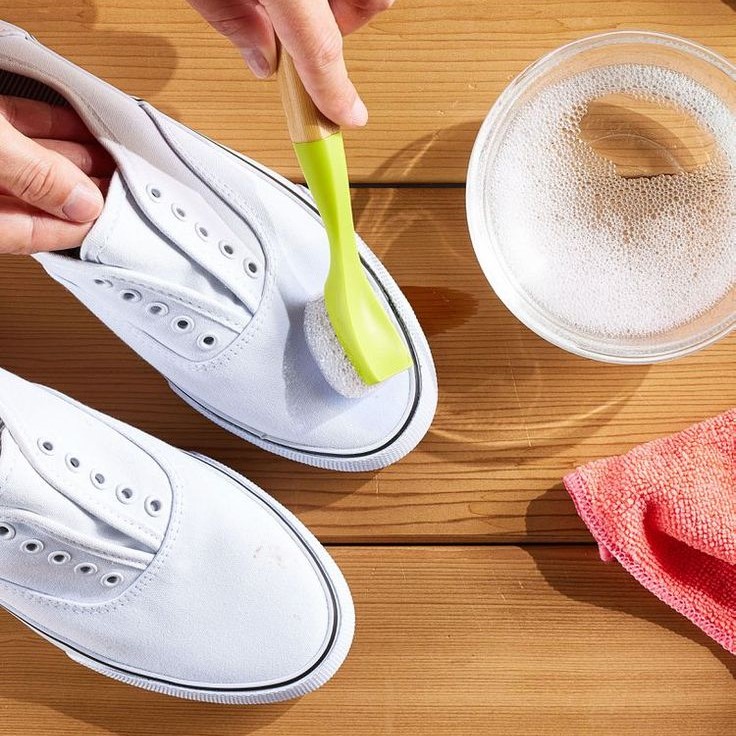
To recap, focus on understanding your shoe’s composition, addressing stains proactively, and adopting preventive strategies. With these practices in place, you’ll enjoy stylish, odor-free footwear that complements both your lifestyle and wardrobe.
